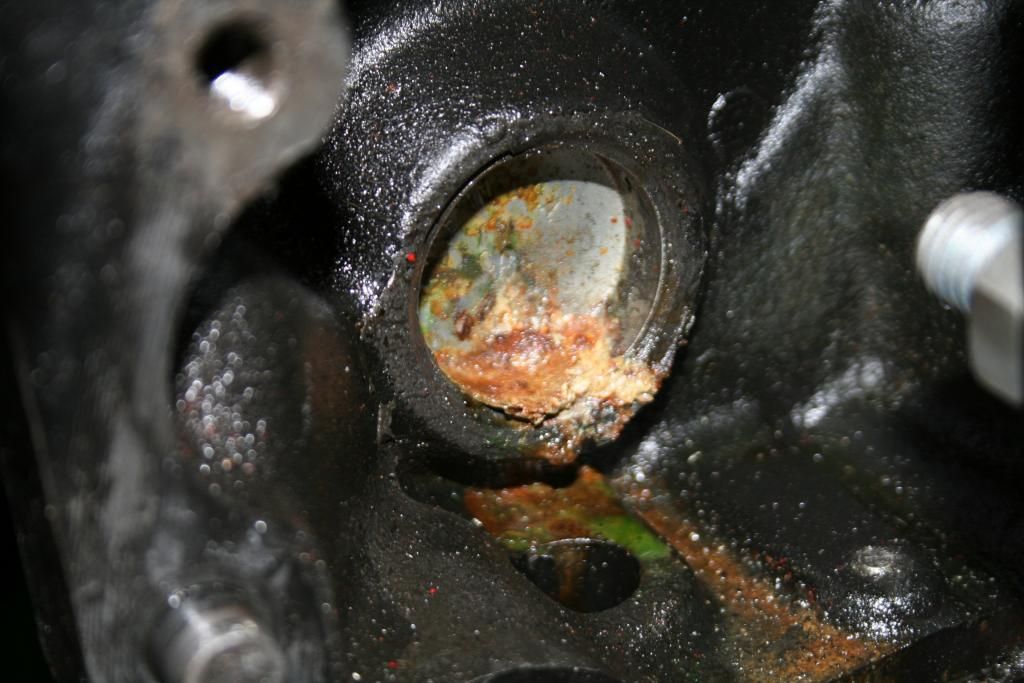...or core plugs or expansion plugs or whatever...
Since I've had the pleasure of having so darned many of them fail recently, my analytical mind has been set in motion.
Here are my observations, thoughts and questions, in no particular order.
Is cost the only reason the factory used steel instead of brass?
The "correct" 1 5/8" plugs are really thick (if brass) and shallow.
This causes-
Difficulty in installation
A tendency to "pop" out if not fully parallel with the bore
A "ledge" on the bore inside the casting behind the plug, where sediment can build up and corrode through.
I'm fairly staunch on Mopar engineering, and prefer not to use gm parts, but the gm small block 1 5/8 brass core plug is a lot easier to install and seated correctly, places the plug face beyond the inner block wall, eliminating the ledge mentioned previously.
What's everyone else's take on this?
Since I've had the pleasure of having so darned many of them fail recently, my analytical mind has been set in motion.
Here are my observations, thoughts and questions, in no particular order.
Is cost the only reason the factory used steel instead of brass?
The "correct" 1 5/8" plugs are really thick (if brass) and shallow.
This causes-
Difficulty in installation
A tendency to "pop" out if not fully parallel with the bore
A "ledge" on the bore inside the casting behind the plug, where sediment can build up and corrode through.
I'm fairly staunch on Mopar engineering, and prefer not to use gm parts, but the gm small block 1 5/8 brass core plug is a lot easier to install and seated correctly, places the plug face beyond the inner block wall, eliminating the ledge mentioned previously.
What's everyone else's take on this?

















